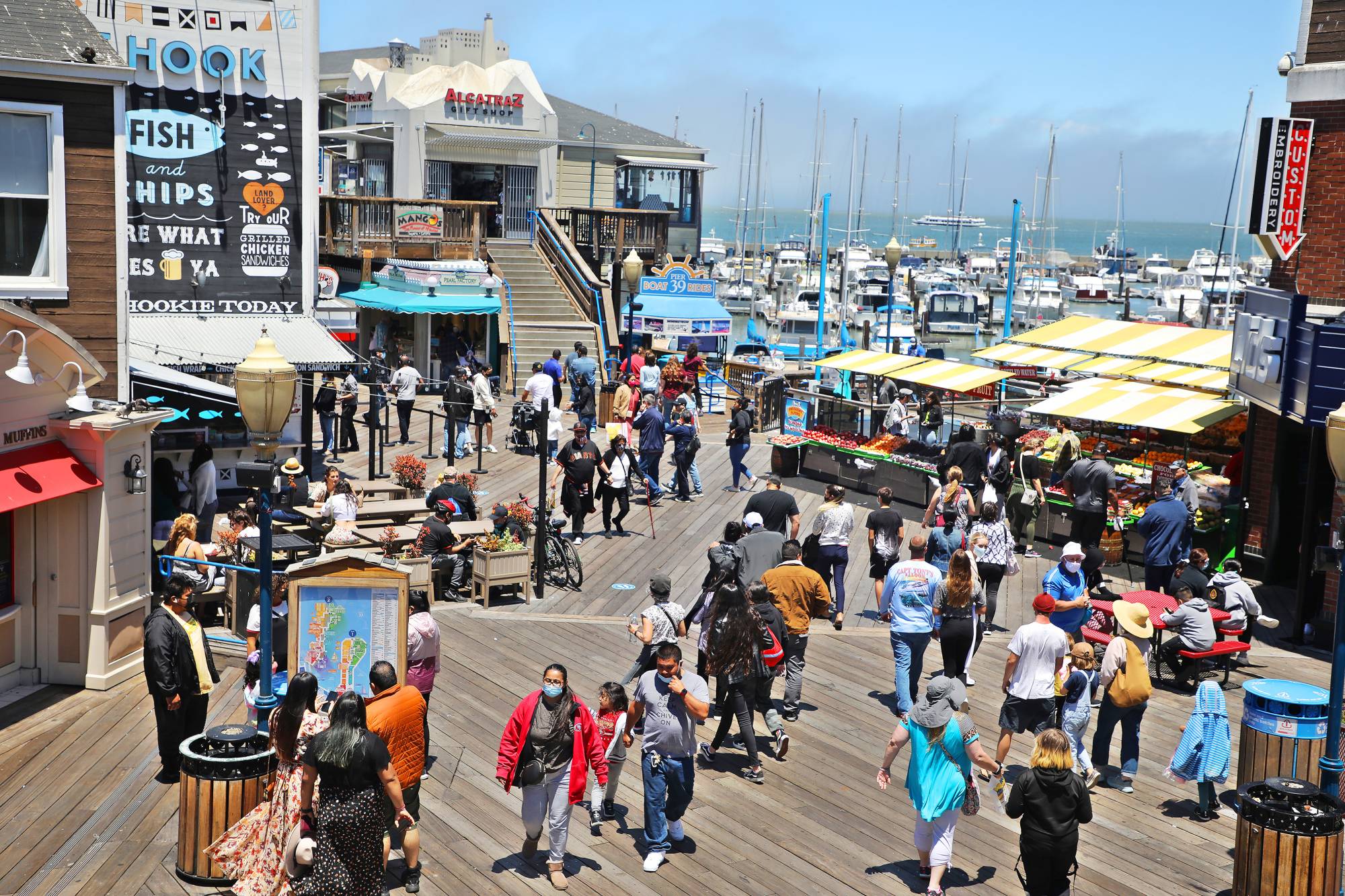At 5:46 a.m. on Jan. 17, 1995, a security camera inside a convenience store in Kobe recorded as a cashier plucked change from the register and passed it across the counter to a customer, who, coins in one hand, plastic bag in the other, turned toward the shop door. In that instant, the entire store lurched, shoving everything in it toward the wall behind the register. The two men sank to their knees, caught in a circular shaking motion that sent shelves sliding and tipping, hurling boxes and any loose items to the floor, and slamming the front doors open and shut.
Down at the waterfront port, which is spread across several artificial islands, the land moved like water, rippling in the seismic waves. Concrete quays collapsed into Osaka Bay. These structures built to keep water out no longer did.
Seismographs quickly confirmed: A magnitude 6.9 earthquake had paralyzed the entire city. Bridges and highways were ruined; water, electricity, and telecommunication lines were cut off. Hundreds of thousands of people lost their homes. Over 6,000 people died. Restoration work endured for years.


















With your current subscription plan you can comment on stories. However, before writing your first comment, please create a display name in the Profile section of your subscriber account page.